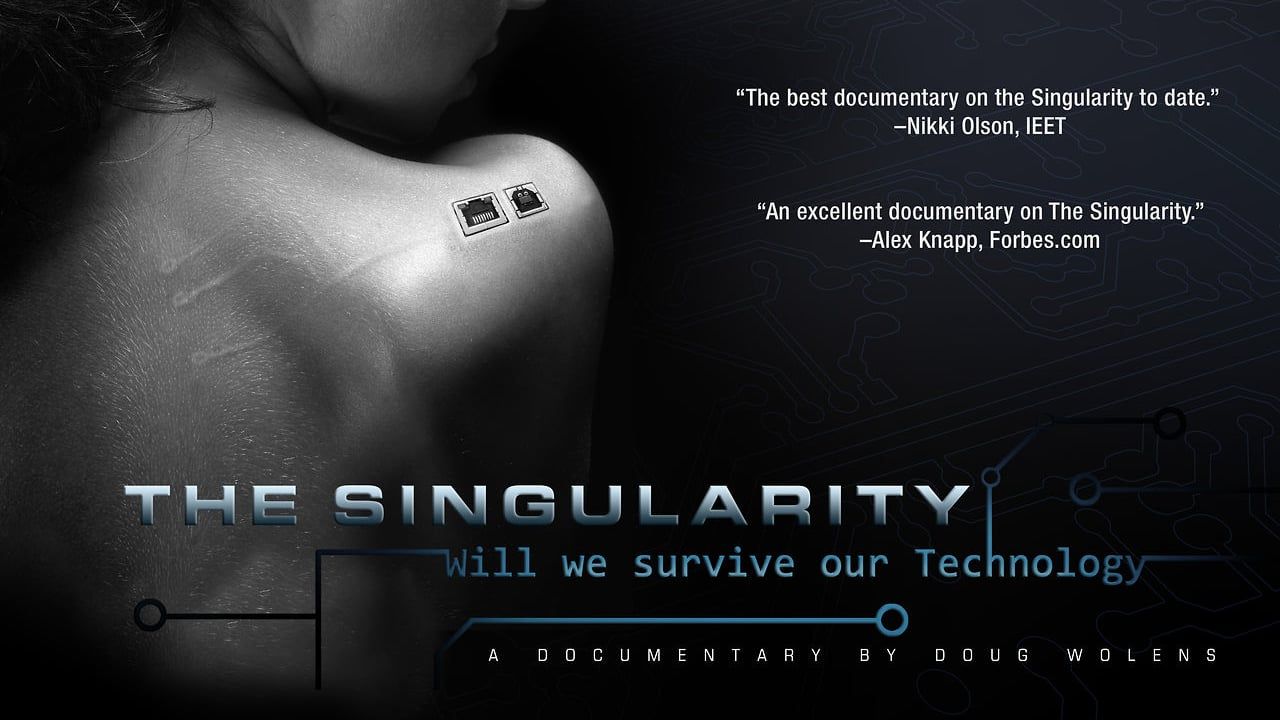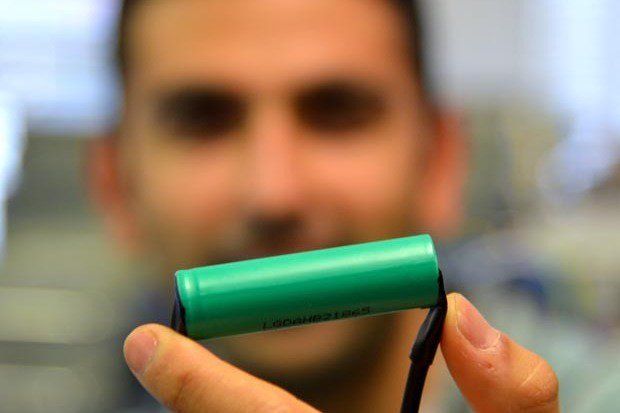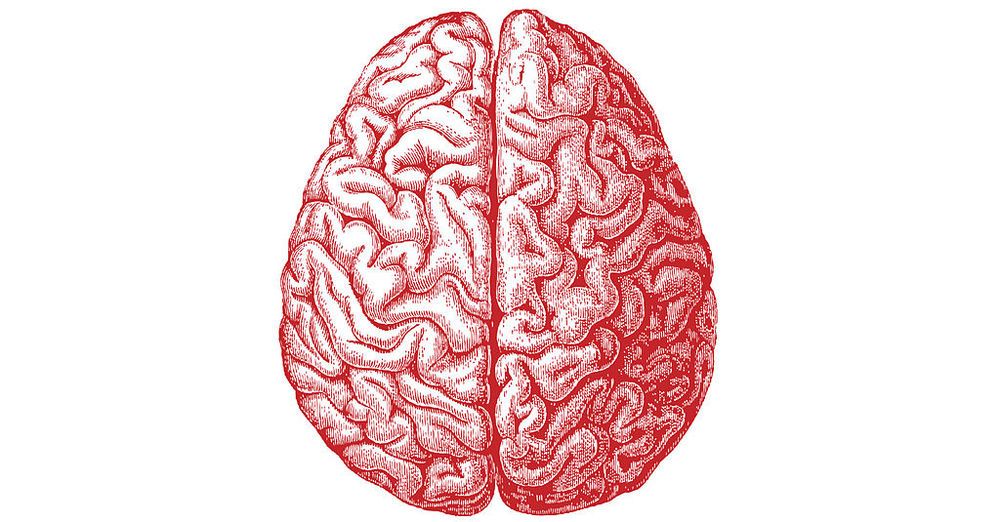Aug 22, 2015
Introducing the World’s First Electronic Ink Tattoo
Posted by Klaus Baldauf in category: futurism
Imagine having a tattoo in your body that you can control from your own smartphone. Change up your tattoo art, show important messages, or just erase your tattoo altogether for that important job interview. Well, the future has arrived… thanks to groundbreaking subdermal E Ink technology, we have been able to develop the world’s first E Ink tattoo.
Electronic Ink is an incredible technology. Prior to E Ink’s development, a dynamic image display required a constant current of electricity, inevitably tying the longevity of the display to the power source. Like any other implantable wearable technology, adding a display to our body has been limited by the requirement on battery power. E Ink changed this by providing a medium that consumes energy only when the content of the display changes, not requiring a current to maintain the image on its display. The result is that we can create a screen on our skin that displays information with very little energy usage.
















